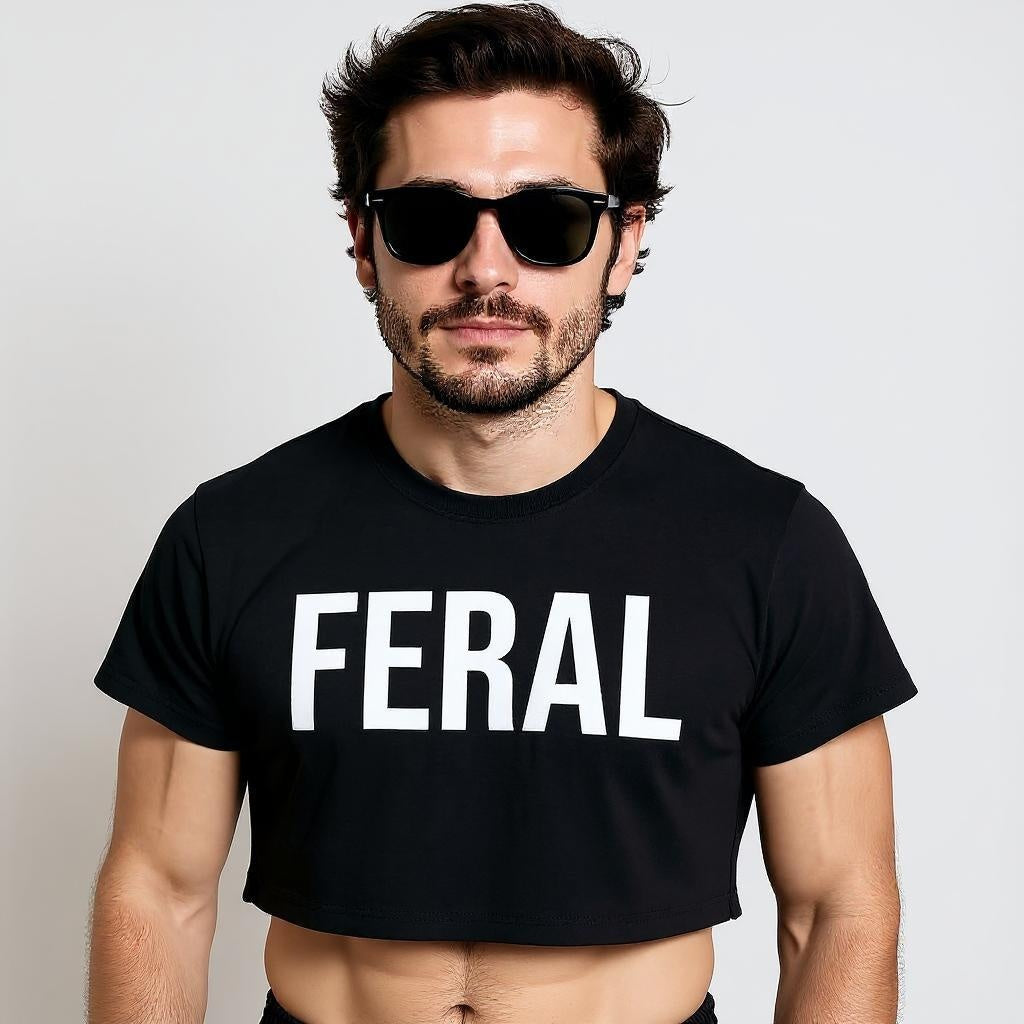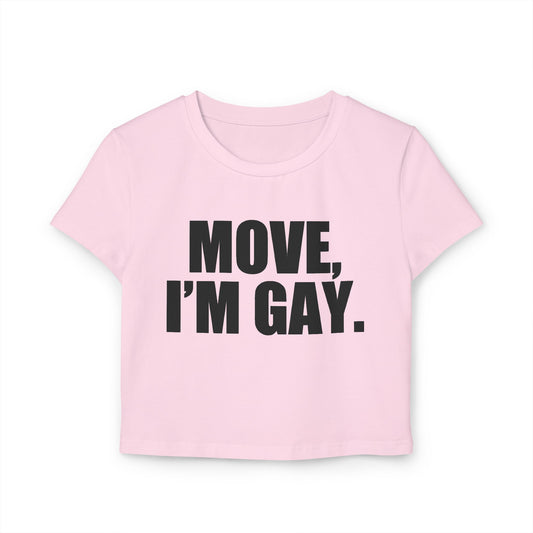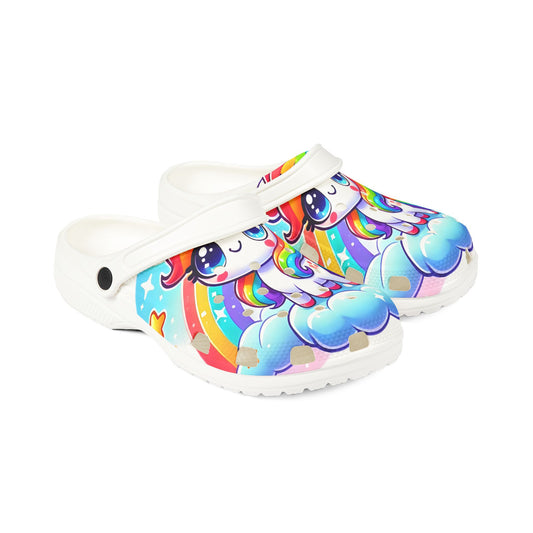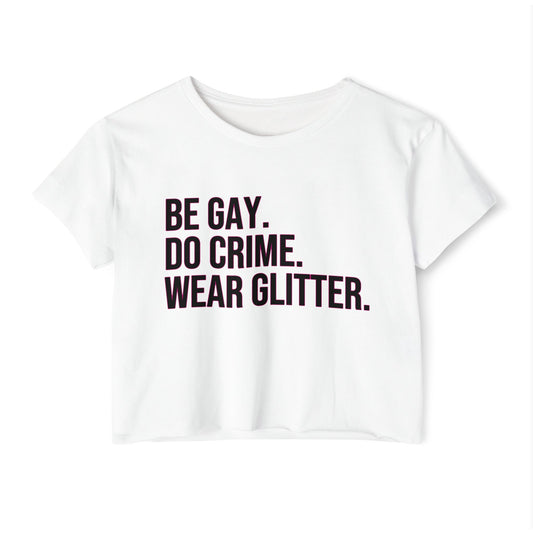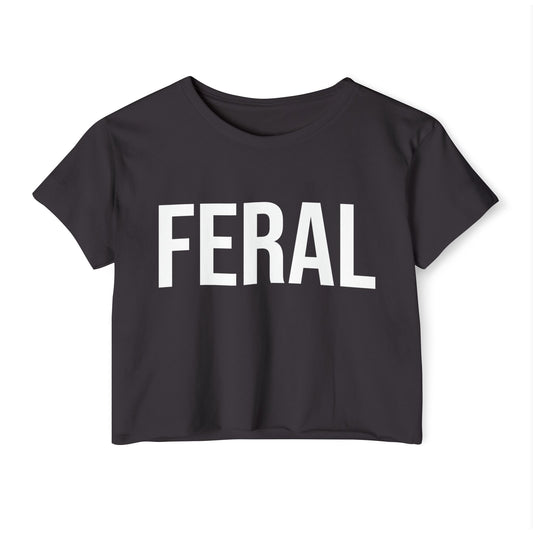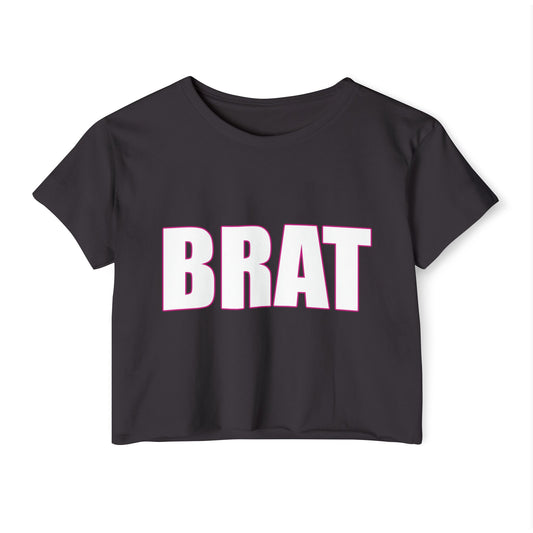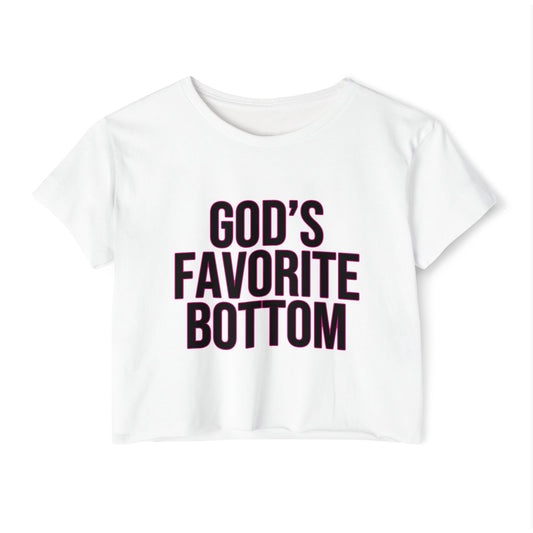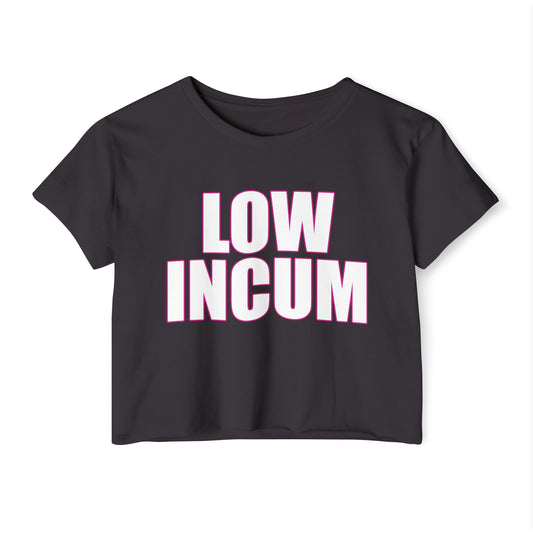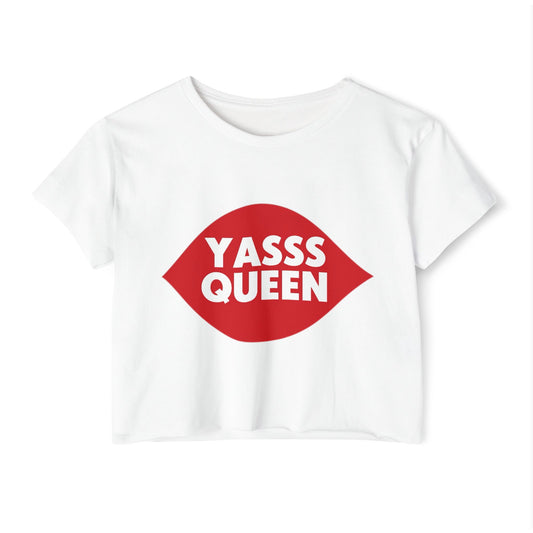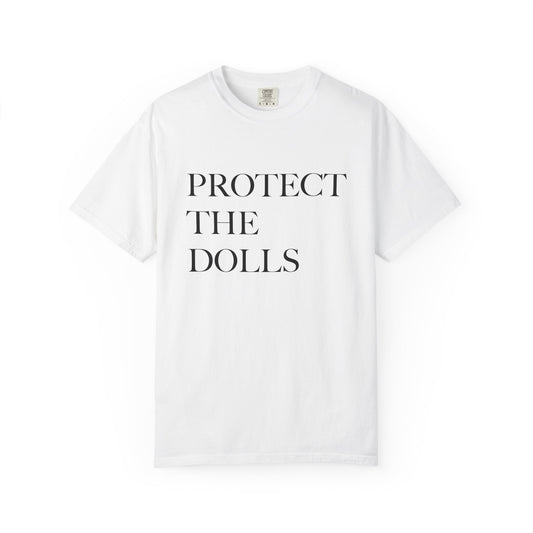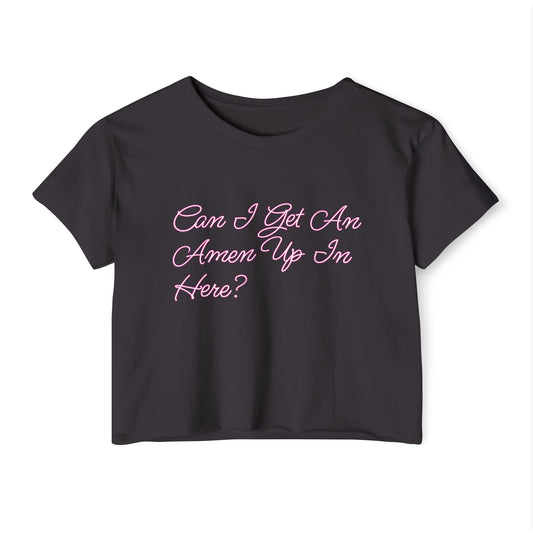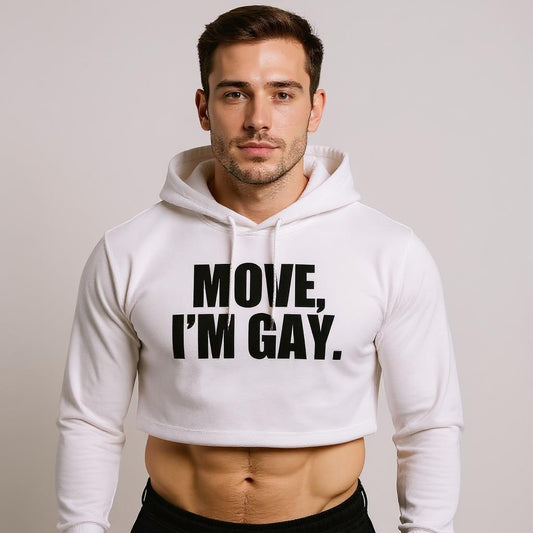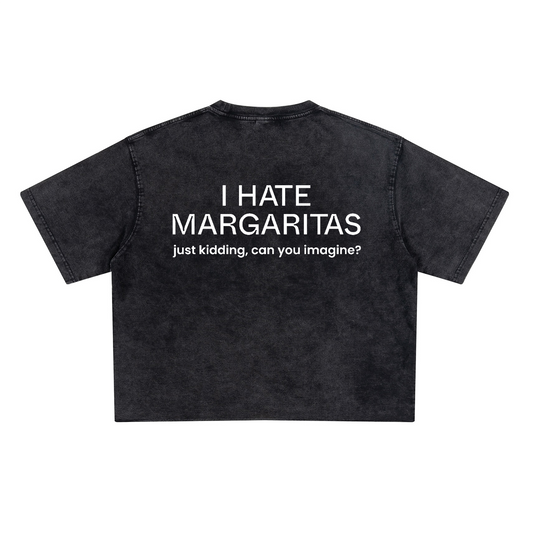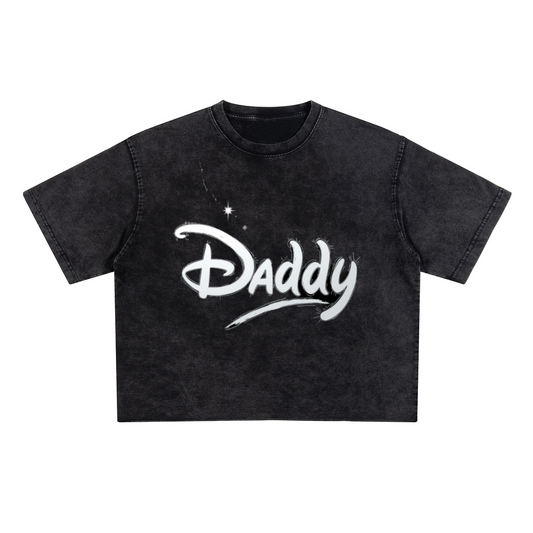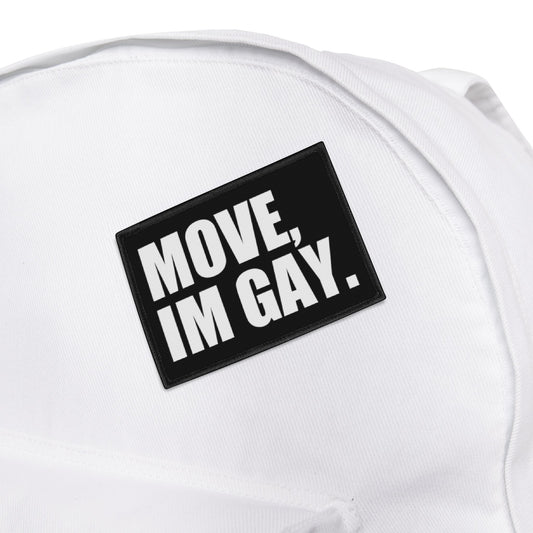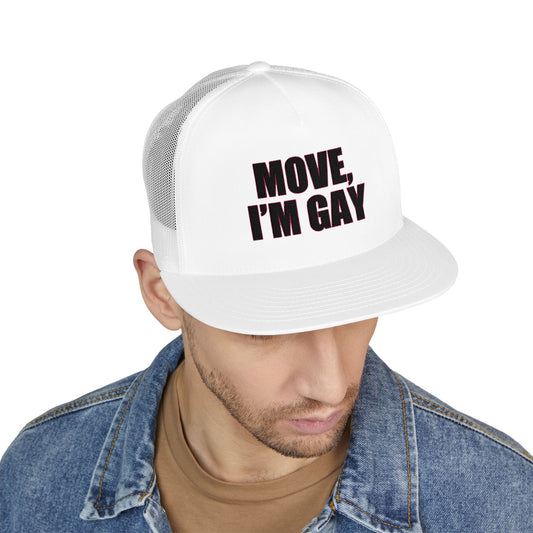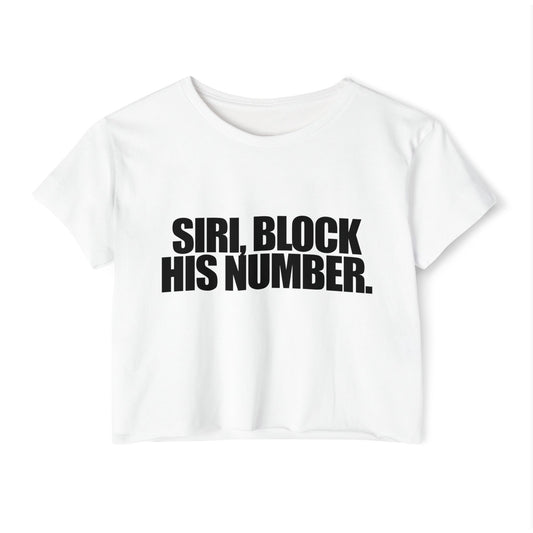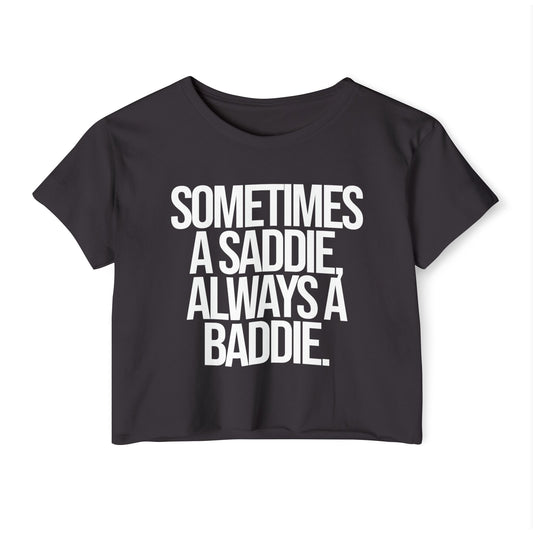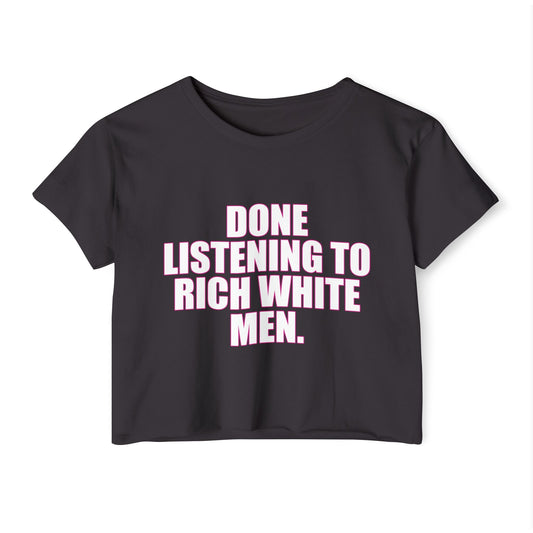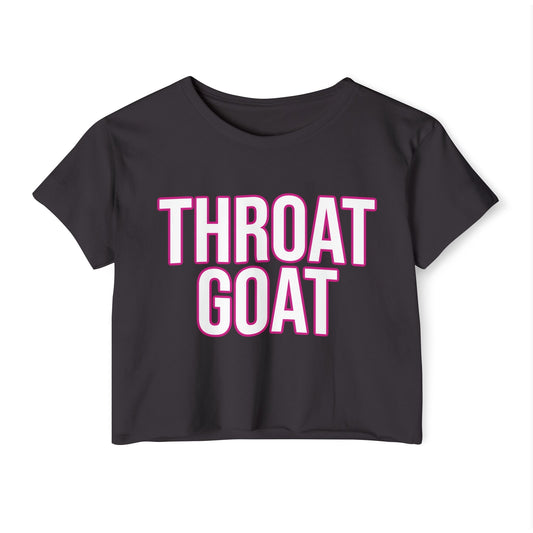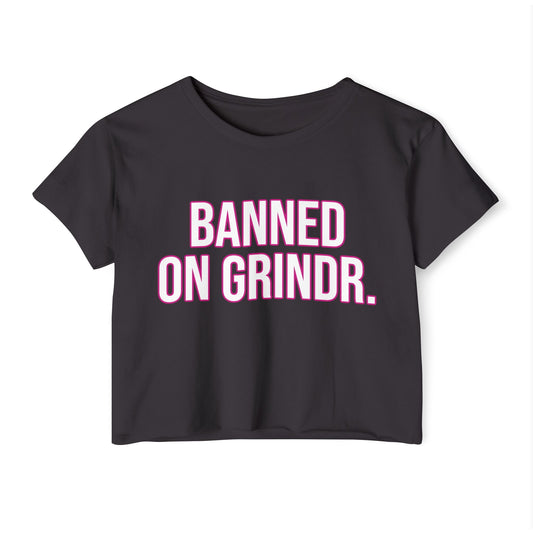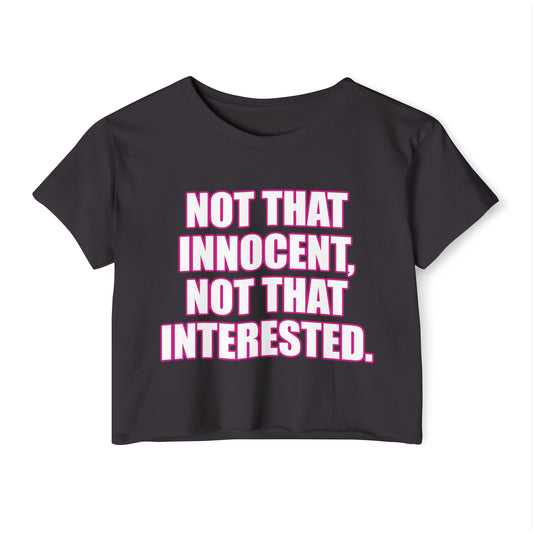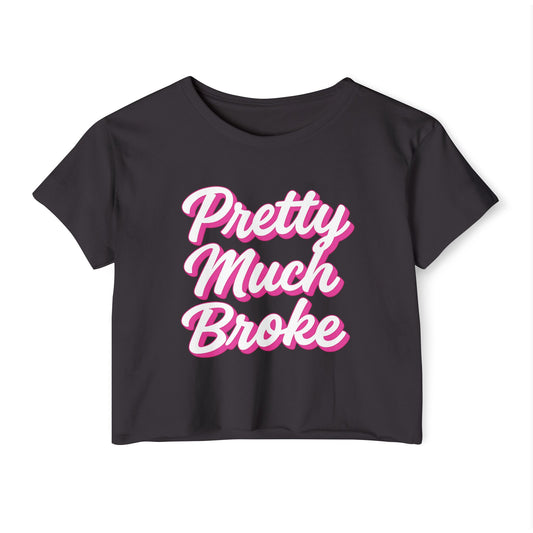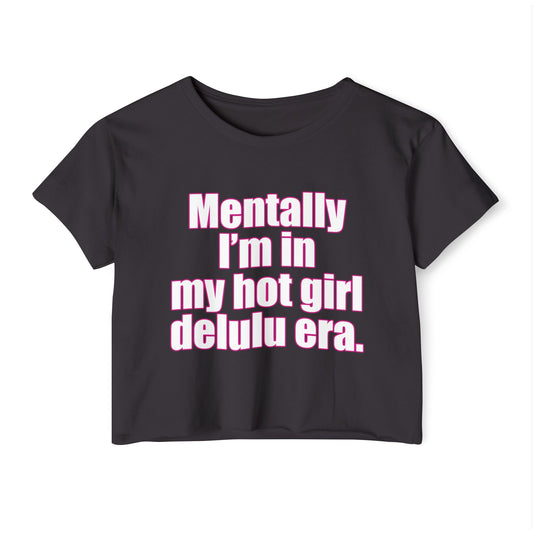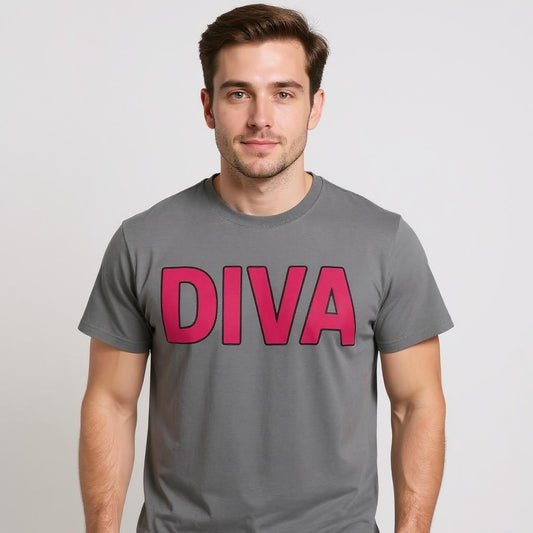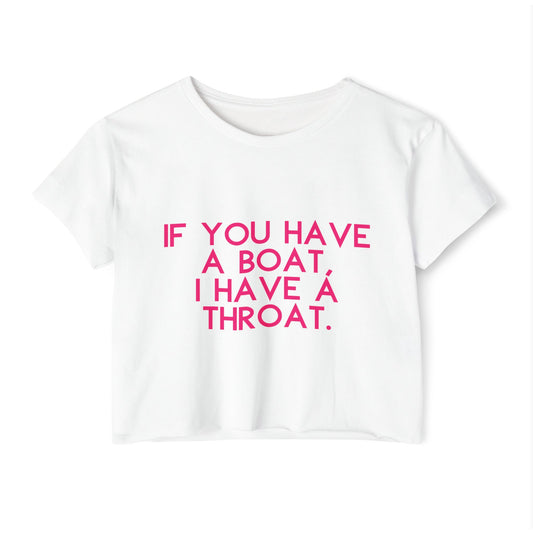
Uncover the Vibrant Spirit of West Hollywood's Gay District
BayouShare
Exploring the Heart of West Hollywood's Gay District
West Hollywood's gay district, often referred to as "WeHo," stands as a vibrant testament to LGBTQ+ culture and history in Southern California. This iconic neighborhood along Santa Monica Boulevard between La Cienega and Robertson Boulevards has evolved into one of the most celebrated gay districts in the United States. With its kaleidoscope of bars, clubs, restaurants, and shops, the area serves as both a historical landmark and a contemporary cultural hub for residents and visitors alike.
A Historical Perspective on WeHo's Rainbow District
The roots of West Hollywood's gay district trace back to the 1960s when the area began to emerge as a haven for LGBTQ+ individuals seeking community and acceptance. What was once a clandestine gathering place transformed into an open celebration of queer identity following decades of activism and social progress. The incorporation of West Hollywood as an independent city in 1984 – spearheaded by a coalition that included many gay and lesbian activists – cemented its status as a progressive enclave within Los Angeles County.
During the 1980s and 1990s, amid the devastation of the AIDS crisis, the district became an epicenter for activism and community support. This period of adversity galvanized the community, leading to the establishment of numerous organizations and services that continue to serve the LGBTQ+ population today.
Iconic Landmarks Along the Boulevard
From Historic Venues to Modern Establishments
The Abbey Food & Bar represents perhaps the most recognizable establishment in WeHo's gay district. What began as a small coffee shop in 1991 has blossomed into a 16,000-square-foot institution that Elizabeth Taylor once dubbed "her home away from home." Its sprawling patios, multiple bars, and inclusive atmosphere make it a quintessential WeHo experience.
Just steps away stands The Chapel, Mickey's, Rocco's, and Heart – each establishment offering its unique ambiance and clientele. For those seeking a more relaxed environment, Trunks and Gym Bar provide sports-oriented settings where patrons can catch a game while enjoying the neighborhood's convivial spirit.
The historic Studio One nightclub – now repurposed as The Factory – remains an architectural reminder of the district's evolution. This venerable space once hosted luminaries like Madonna and Patti LaBelle before becoming a cornerstone of WeHo nightlife.
"West Hollywood isn't just a place – it's a statement. Every rainbow flag, every historical marker, every inclusive business tells the story of a community that refused to be invisible." – Local LGBTQ+ historian
Fashion and Self-Expression in WeHo
Making a Statement Through Style
Fashion in West Hollywood's gay district transcends mere clothing – it represents identity, community, and often political expression. The boulevard features numerous boutiques catering specifically to LGBTQ+ clientele, offering everything from club wear to activist apparel.
For visitors looking to embrace the spirit of WeHo through fashion, distinctive apparel options abound that celebrate pride and self-expression. Among these, statement pieces that combine style with messaging prove particularly popular.
The "Move I'm Gay" crop top embodies this intersection of fashion and identity politics. This playful yet bold garment has become something of a uniform for those navigating the bustling sidewalks of Santa Monica Boulevard during pride celebrations and weekend evenings.
This eye-catching top allows wearers to express their identity with a lighthearted yet unmistakable declaration – perfect for making your presence known in crowded venues or during the district's legendary Halloween Carnaval celebrations.
Beyond ready-to-wear items, the district houses several custom clothing shops where visitors can create personalized garments that reflect their unique aesthetic and identity. These establishments represent the entrepreneurial spirit that has long characterized WeHo's business landscape.
Culinary Delights in the Heart of WeHo
From Casual Bites to Fine Dining Experiences
The gastronomic landscape of West Hollywood's gay district extends far beyond typical bar fare. The neighborhood boasts an eclectic array of dining establishments that reflect both the diversity of the community and the sophisticated palates of its patrons.
Fiesta Cantina offers Mexican cuisine and potent margaritas in a festive atmosphere, while Hamburger Mary's combines drag entertainment with gourmet burgers. For those seeking more refined fare, Zinqué and Conservatory provide upscale dining experiences within walking distance of the main strip.
The district's culinary scene also encompasses numerous cafés where patrons can observe the boulevard's dynamic street life while enjoying artisanal coffee and light fare. These establishments often serve as daytime social hubs before the area's nightlife awakens.
Annual Celebrations and Events
From Pride to Halloween and Beyond
West Hollywood Pride represents the district's signature annual celebration, transforming the neighborhood into an even more vibrant spectacle each June. The festivities include a massive parade along Santa Monica Boulevard, multiple festival venues, and special events at virtually every establishment in the area.
Halloween in WeHo has achieved legendary status with its Carnaval celebration drawing hundreds of thousands of revelers in elaborate costumes. The event has become one of Southern California's most anticipated annual gatherings, showcasing the district's creativity and flamboyance.
Beyond these major celebrations, the calendar remains filled with smaller but equally significant observances including:
- AIDS Walk Los Angeles (October)
- Outfest Los Angeles LGBTQ Film Festival (July)
- WeHo Arts events throughout the year
- Transgender Day of Remembrance observances (November)
Cultural Impact and Representation
WeHo's Influence on Media and Society
The cultural footprint of West Hollywood's gay district extends far beyond its geographical boundaries. The neighborhood has featured prominently in film, television, and literature – from "The L Word" to "Looking" – cementing its place in the public consciousness as a symbol of LGBTQ+ visibility and culture.
Notable figures including RuPaul, Lance Bass, and Troye Sivan have been associated with the district, either through business ventures or as vocal supporters. These celebrities have helped elevate WeHo's profile while reinforcing its status as a creative and progressive enclave.
The district's influence on fashion, music, and nightlife trends continues to reverberate throughout popular culture, demonstrating how this relatively small neighborhood maintains an outsized impact on contemporary society.
Practical Information for Visitors
Navigating WeHo's Gay District
| Transportation Option | Accessibility | Best For |
|---|---|---|
| Rideshare (Uber/Lyft) | Excellent | Nightlife visitors avoiding parking concerns |
| Metro Bus | Good | Budget-conscious travelers during daytime |
| CityLine Shuttle | Good | Moving between WeHo attractions |
| Walking | Excellent | Exploring the compact main district |
Accommodations near the district range from luxury hotels like the Mondrian and Chamberlain to more affordable options including the Ramada Plaza. Visitors should note that weekends, especially during major events, typically require advance reservations at most establishments.
For first-time visitors, the WeHo Visitor Center at 8687 Melrose Avenue provides maps, event calendars, and local insights to enhance the experience of exploring this dynamic neighborhood.
The Future of WeHo's Gay District
Evolution and Preservation in Changing Times
As with many historic LGBTQ+ neighborhoods across America, West Hollywood's gay district faces the dual challenges of gentrification and evolving social dynamics. Rising commercial rents have displaced some longstanding businesses, while increasing social acceptance has diminished the historical necessity of segregated spaces.
Nevertheless, community leaders and city officials have implemented measures to preserve the district's unique character. These include historical designations for significant sites, support for LGBTQ+-owned businesses, and programming that celebrates the area's cultural heritage.
The district continues to adapt while maintaining its essential role as both a physical space and a symbolic representation of LGBTQ+ visibility, community, and pride. As one longtime resident aptly observed, "The faces change, the businesses evolve, but the spirit of WeHo remains indomitable."
